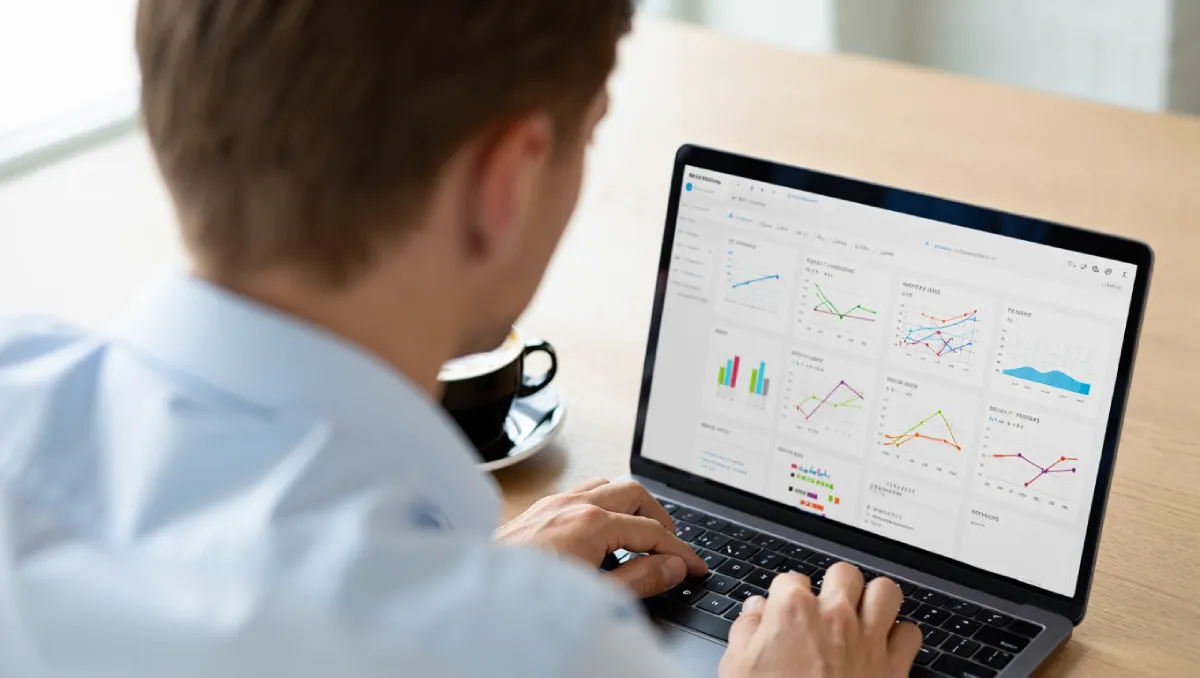Boost Your Online Presence with Expert SEO Services and Promotion Strategies
To achieve remarkable visibility in 2025, focus on high-quality content that resonates with your target audience. Producing engaging articles, videos, or infographics can significantly increase user interaction and sharing, driving organic traffic to your platform.
Incorporate thorough keyword analysis into your strategy. Utilize tools such as Google Keyword Planner or SEMrush to identify relevant phrases that potential customers are searching for. Integrating these keywords naturally into your content will help improve search rankings and attract the right audience.
Regularly updating and optimizing existing content is paramount. Refreshing older articles with current information or new insights keeps your site relevant and engaging for visitors. This practice, along with maintaining a user-friendly website design, will enhance overall user experience and satisfaction, contributing to an effective promotion website strategy.
Building quality backlinks remains a cornerstone of robust online positioning. Collaborate with reputable websites and industry influencers to foster links back to your content. This not only drives traffic but also signals search engines of your site’s authority and reliability.
Identifying Key Performance Indicators for SEO Success
Focus on tracking organic traffic as a primary indicator. Analyze trends in traffic sources from search engines, which can be monitored using tools like Google Analytics. Aim for consistent month-over-month growth.
Assess keyword rankings. Regularly check the positions of targeted keywords in search results to gauge visibility. Use rank tracking software to identify shifts and optimize accordingly.
Monitor conversion rates from organic search visits. Set goals in analytics platforms to determine how many users complete desired actions, such as filling out forms or making purchases, coming from search traffic.
Evaluate click-through rates (CTR) for your pages in search results. A high CTR indicates effective meta titles and descriptions, while a low CTR may prompt a need for optimization to improve engagement.
Analyze bounce rates for pages receiving organic traffic. High bounce rates may suggest that content is not meeting user expectations, requiring a review and potential enhancement of page content.
Track backlink profiles to understand domain authority. Utilize tools like Ahrefs or Moz to assess the number and quality of backlinks, as stronger profiles enhance visibility in search results.
Review local search performance if applicable. For businesses with physical locations, monitor local pack visibility, including Google My Business insights, to gauge effectiveness in attracting nearby customers.
Regularly assess the functionality and speed of the site. Use tools like Google PageSpeed Insights to ensure that performance is optimal, as slow loading times negatively impact user experience and search rankings.
Lastly, utilize social signals as a supporting metric. While not a direct ranking factor, engagement on social media platforms often correlates with increased traffic and brand awareness over time.
Implementing On-Page SEO Techniques for Higher Rankings
Optimize title tags by incorporating primary keywords towards the beginning, ideally within 60 characters. This placement enhances visibility in search results and supports professional SEO Services, a core practice emphasized by ASA Austin SEO to improve overall site performance and ranking potential.
Utilize header tags effectively. Structure content using H1 for titles and H2, H3 for subheadings. This hierarchy aids both users and search engines in understanding the content’s context.
Ensure that meta descriptions succinctly summarize page content while integrating relevant keywords. Aim for a length of 150-160 characters to avoid truncation in SERPs.
Focus on keyword density. Aim for a frequency of 1-2% for targeted keywords throughout the text without overstuffing, ensuring natural readability.
Incorporate internal links to other valuable content within your site. This practice enhances site navigation and encourages longer visit durations.
Optimize images by using descriptive file names and alt attributes. This not only supports accessibility but also provides context to search engines about the visual content.
Ensure mobile-friendliness. A responsive design improves user experience, which correlates with higher rankings. Test across multiple devices to guarantee compatibility.
Enhance page speed by compressing images and utilizing browser caching. Aim for a loading time of under 3 seconds, as slow sites can deter users and impact rankings.
Secure your website with HTTPS. Search engines prioritize secure sites, and users are more likely to engage with sites that offer security.
Regularly update content to keep it fresh and relevant. Search engines favor updated information, which can improve rankings over time.
Leverage schema markup to enhance rich snippets. Implementing structured data helps search engines understand your content better, potentially leading to improved visibility in search results.
Analyze competitor on-page strategies. Identify their successful elements, such as keyword usage and content structure, and adapt them to your unique context.
Building a Sustainable Backlink Strategy to Enhance Authority
Focus on creating high-quality, relevant content that naturally encourages other sites to link back. This cornerstone approach ensures that backlinks acquired are not only plentiful but also meaningful, directly enhancing domain credibility.
Consider the following tactics for developing a robust backlink portfolio:
- Guest Blogging: Target reputable blogs in the niche and offer valuable insights or articles in exchange for a link back to your site.
- Resource Pages: Identify websites with resource lists and reach out to suggest adding your high-quality content, ensuring it aligns with their criteria.
- Collaborations: Partner with influencers or industry leaders for joint projects or content contributions that can produce backlinks.
- Skyscraper Technique: Find popular content in your area, create a superior version, and inform those who linked to the original about your enhanced resource.
- Social Media Sharing: Promote valuable content through social channels to increase visibility and potential linking opportunities.
Regularly analyze backlink profiles using tools like Ahrefs or Moz to monitor domain quality and adjust the strategy accordingly. Focus on diversity in link sources–varying types of websites can enhance exposure.
In 2025, ensure that content is evergreen and stays relevant. Revisiting and updating existing content can also help in maintaining and improving search rankings. Consistency in backlink acquisition, combined with high-standard content, leads to long-term authority growth.

Leave a Reply